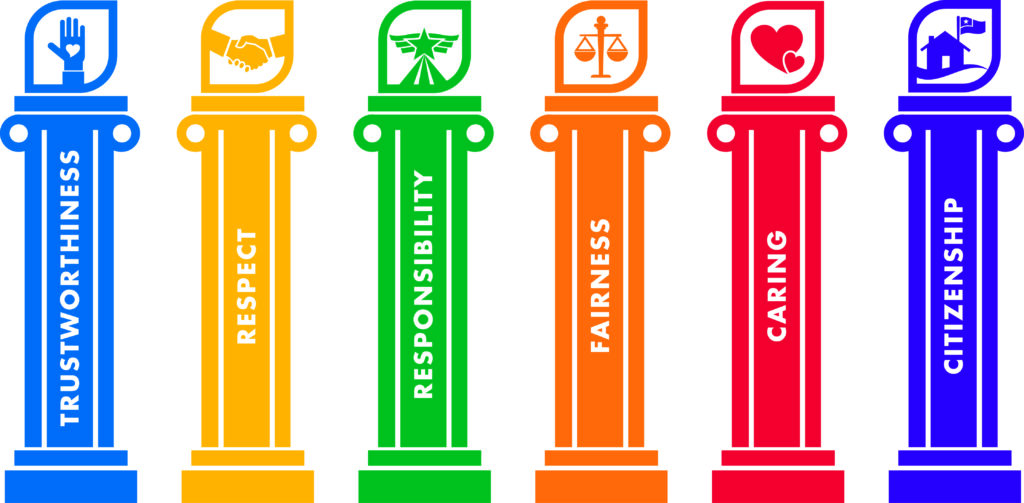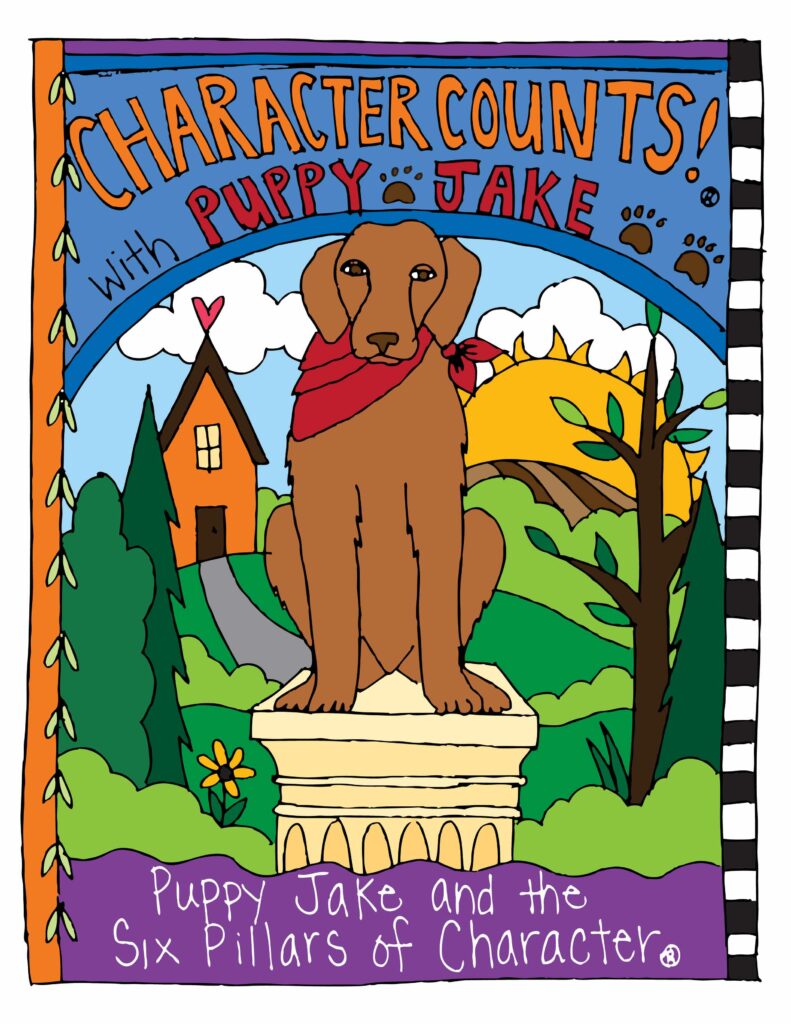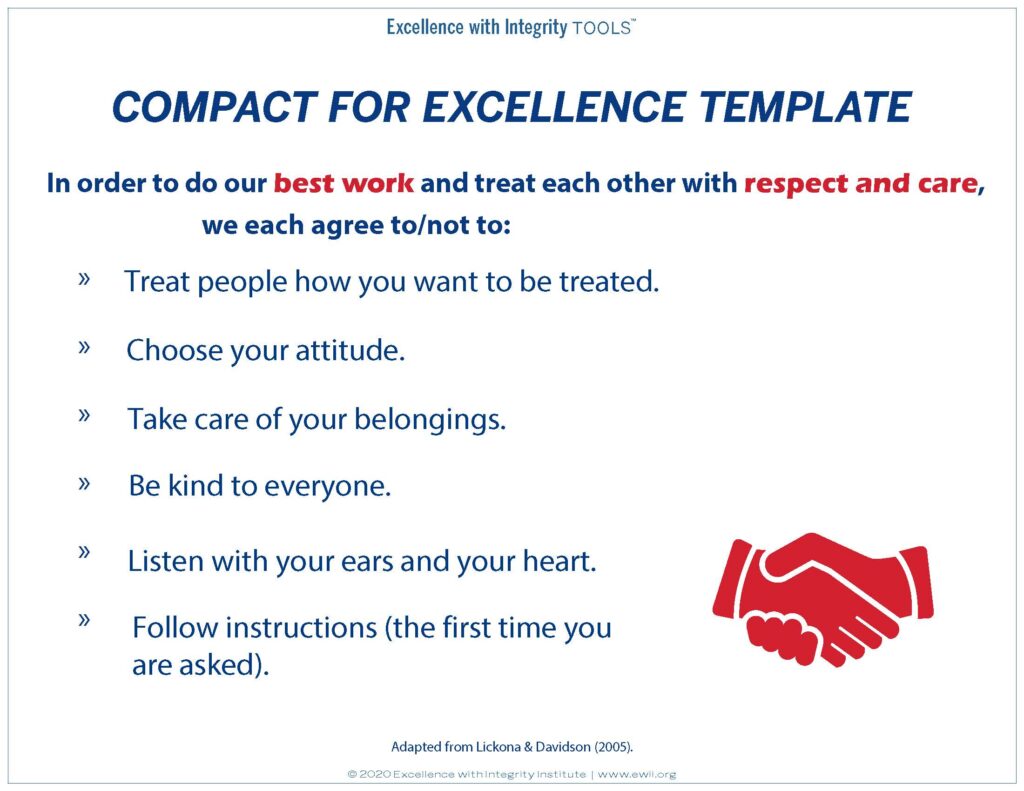Six Pillar Coloring Pages
Download these PDFs and get started coloring!
Download these PDFs and get started coloring!

From guest contributor, Pamela Zuber
COVID-19 has changed so much about our daily lives. If we’re lucky, we’re able to use technology to continue to work, stay informed, and keep in touch with our family and friends.
But technology can be a double-edged sword for some children and young people. While using computers, phones, and other devices allows them to attend school remotely and spend time online with their friends, it can also expose them to cyberbullying.
What is cyberbullying?
In cyberbullying, people post hurtful things about other people online. They might post these messages through
Since social media and internet sites are social, others could see these messages, which could magnify the victim’s shame, embarrassment, and fear. In addition, it’s often difficult to remove some of these posts, so the messages can continue to harass a person long after a bully posted them.
Cyberbullying is particularly insidious because a bully can attack a person from anywhere or anytime. In the past, if a student threatened another student in school, the confrontation may have ended when classes ended. Now, people can use technology to start, continue, or intensify their harassment.
How can we stop cyberbullying?
As horrible as cyberbullying is, there are ways to stop it. There are many online guides that explain what cyberbullying is and how to prevent and address cyberbullying.
In addition, it might be a good idea to remind children and young people that our online lives shouldn’t be all that different from our actual lives.
We could remind them that when they post something online, the audience members reading or watching their posts are real people. They have real emotions and can be hurt by hurtful comments.
Ask them, “How would you feel if someone posted something insulting about you?” Your conversation could spur them to consider other people’s feelings and help them foster respect for others.
Keeping the lines of communication open can help if you think your children are the targets of cyberbullying. If you talk regularly with your children, they may be more likely to share their problems with you and go to you for help.
Frequent conversations can also help you notice if your children seem nervous or fearful or don’t seem like themselves, which could be clues that they’re being cyberbullied or if something else is wrong.
Communication fuels cyberbullying, but it’s also a tactic for ending it. Reinforcing kindness and respect and providing safe spaces to share can help prevent and stop cyberbullying and other harmful exchanges.
About the author: Pamela Zuber is a writer and editor at Sunshine Behavioral Health who is interested in mental health, addiction and recovery, human rights, gender issues, and several other topics.
Sources
stopbullying.gov – What Is Cyberbullying
sunshinebehavioralhealth.com – Top Tips for Preventing Cyberbullying
raycenter.wp.drake.edu – Four Ways to Nurture Kindness

At CHARACTER COUNTS!, we often refer to the Six Pillars of Character as universal values. In other words, they are values that transcend race, ethnicity, gender, religion, and even time. Put another way, nearly everyone can agree that more trustworthiness, respect, responsibility, fairness, caring, and citizenship would be good and even necessary for our individual, community, and societal growth.
Though the Six Pillars are universal, they are not absolutes. Like anything else in society, what the Pillars look like, sound like, and feel like can change due to context or circumstance. What is considered perfectly respectful behavior at a football game would not be considered respectful in a boardroom, for example. How we define what each pillar looks like and sounds like in unique circumstances is particularly important when Pillars appear to be in conflict. One definition of citizenship may include following the rules, respecting the law, and so on. And yet, Rosa Parks is often highlighted as an example of fairness, for her protest on the bus in which she technically broke the law – an unjust, unfair, and racist law, but a law nonetheless. Does that mean she’s a bad citizen? Or, a student may argue that she was showing caring by letting her friend copy homework so her friend wouldn’t get in trouble, while a teacher might argue that the student was being irresponsible and untrustworthy by letting her friend cheat.
The tendency in these moments is to ask, “which Pillar is more important?” but that’s the wrong question. The right question is, “in this time, given these circumstances, what does it mean to put the Six Pillars into action?” When one asks this question, Rosa Park’s action is not only a demonstration of fighting for fairness, but citizenship, as she tries to make her community a better place for everyone, regardless of race.
Of course, some may view the constant need to negotiate what the Six Pillars look like in different circumstances as soft or unprincipled, but maybe it’s the opposite. The intentional, deliberate conversation about what the Six Pillars look like for us, in this situation, is exactly the kind of conversation, sometimes hard conversation, we must have if we’re going to work together successfully. Yes, the Pillars are universal, but what we want them to look like for our students, school, community, family, and society is ultimately up to us.
Download these PDFs and get started coloring!

Overview:
With the holidays approaching, it is a wonderful time to remind students about the wide array of celebrations around the world. Respecting the cultural differences of one another includes becoming informed of the celebrations of others. This lesson is designed for students to learn about the traditions of others and celebrate the similarities and differences.
Character Education Objectives:
Students will:
Materials
Lesson: Large Group
Journal
After learning about different celebrations, encourage students to think about why it is important to learn about different holidays and reflect on how best to respect the celebrations that look different than your own.
Download our CHARACTER COUNTS! with Puppy Jake coloring book.

Special thanks to our friends at the Puppy Jake Foundation and Sticks.
Whether working with professional colleagues on a work project, teammates on an athletic team, or classmates in school it is important to establish expectations for how the group is going to do its best work and what each person will do in order to ensure everyone in the group is treated with respect and care.
The same is true for families. In order to ensure that everyone in your family can do their best work and everyone is treated with respect and care, establish a Compact for Excellence using the directions below. A sample Compact is included to help get you started, but each family should tailor their Compact to the specific needs of their family.

This activity is one of several extension activities in the Growth Mindset module of The ESSENTIALS, a new resource from CHARACTER COUNTS! for middle and high school students. The ESSENTIALS modules draw upon nearly 25 years of applied research and development in various K-16 education settings, the workplace, and diverse athletic environments. Each module is a blueprint of research-based best practices for developing an essential character and culture skill needed for success in school, work, and beyond. Click here to order these new resources for your students.